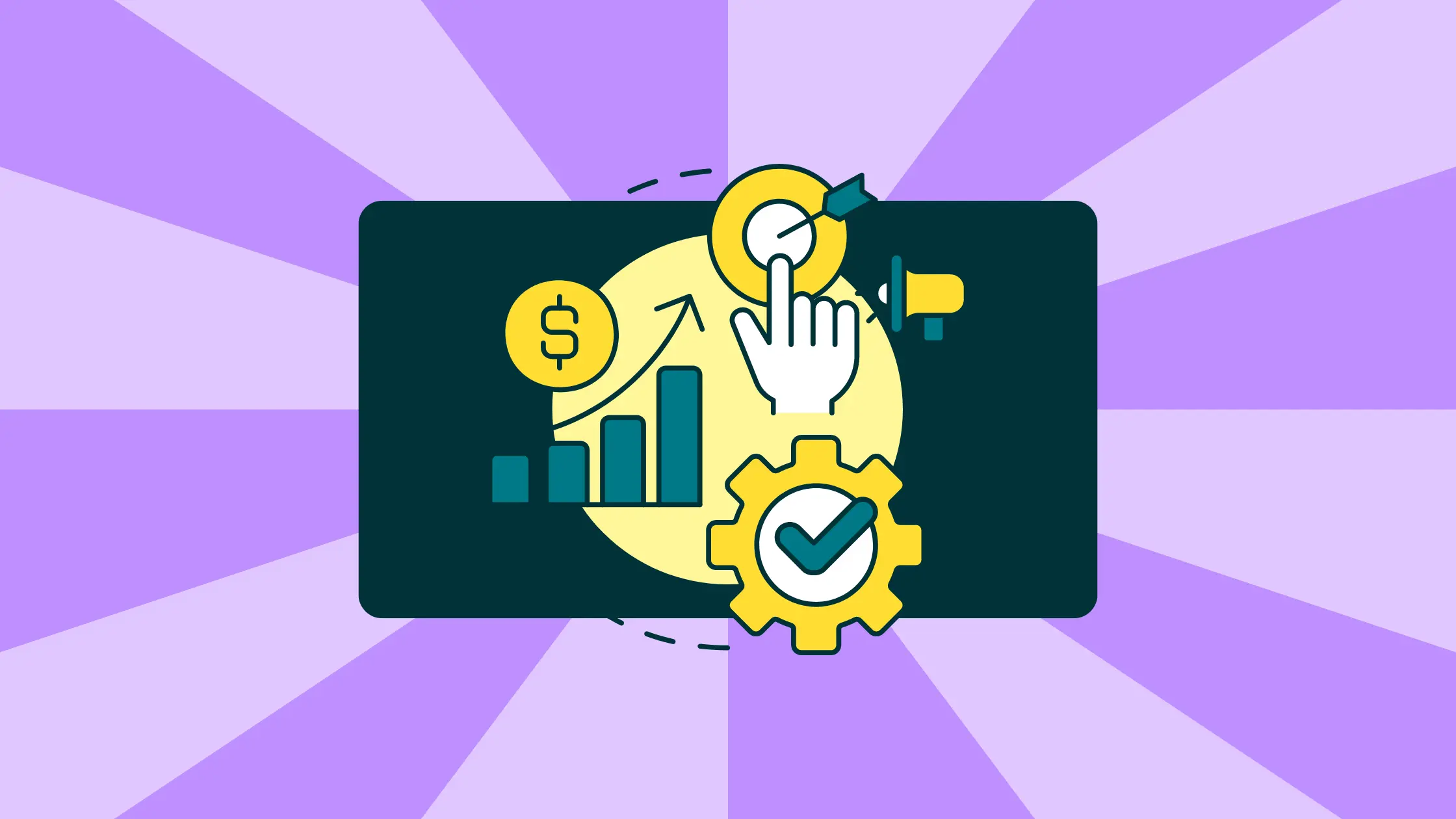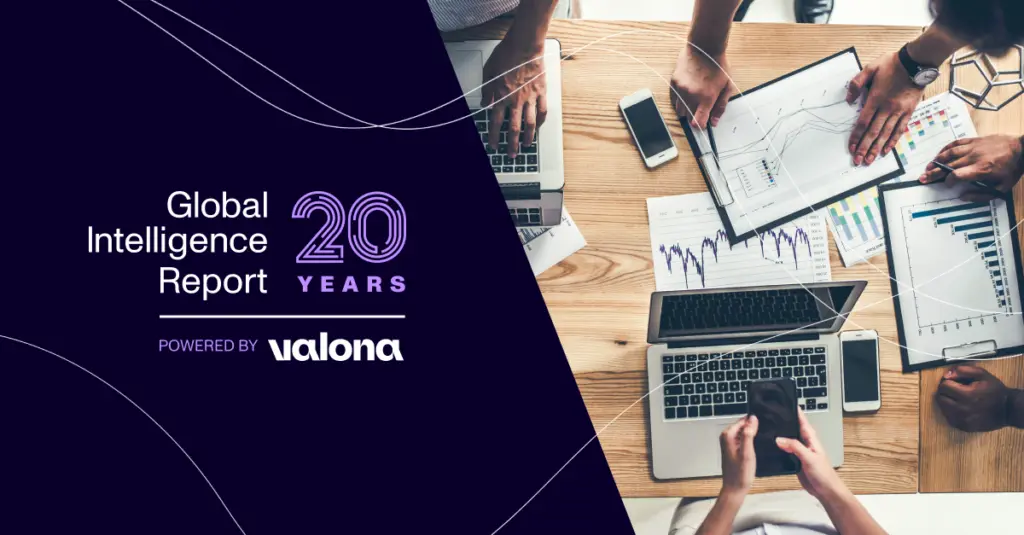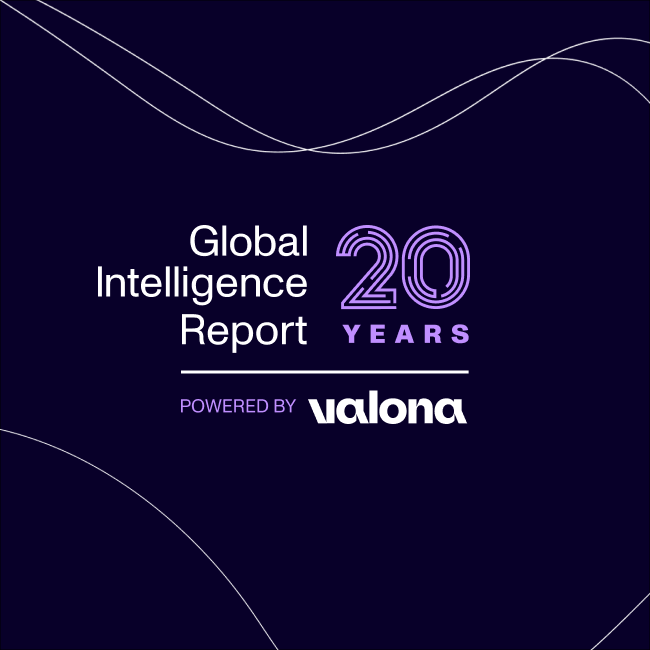
How to measure the ROI of Competitive and Market Intelligence
The Valona Global Intelligence Report shows that nearly 60% of organizations globally measure the value of intelligence in some way. Is yours?
Market intelligence and competitive intelligence companies have a need to prove their value to the business. Here’s how to do it.
ROI (Return on Investment) serves as a crucial metric for evaluating the effectiveness of investments. Competitive and market intelligence is no exception. Valona’s Global Intelligence Report shows that nearly 60% of organizations globally measure the value of intelligence in some way.
Do these investments pay off? According to the Global Intelligence Report, a worrying trend emerges as the perceived ROI of intelligence has dropped 15% during the past decade.
Here are some approaches to getting a better grip on the market and competitive intelligence ROI.
Prefer video? Watch this on-demand webinar to learn how real companies apply the tips below!
Step 1. Start mapping the areas where insights bring business value
There is a great way to map the areas where your insights are bringing extra value to your business: The Value Discovery Framework. It is an evaluation framework designed to unlock the full potential of insights and investments. It aims to identify areas where intelligence delivers value in an organization currently and provides a high-level view of its impact. The framework revolves around key questions focused on assessing how the competitive and market intelligence team supports the organization in different value-driving areas: business growth, cost efficiency, and risk management.
Consider these questions to evaluate where your competitive and market intelligence brings value for your organization:
- Business growth: Does our management routinely assess market attractiveness based on comprehensive market insights? Do we follow our customer’s latest releases and updates and understand their future needs?
- Business cost efficiency: Do we have continuous supplier & partner monitoring in place? Do we utilize a centralized intelligence platform?
- Business risk management: Are we tracking the risk profiles and economic stability of newly selected suppliers? Do we have an understanding of geopolitical factors impact on our business in the countries we are operating?
Step 2. Continue with selecting metrics to use for tracking the ROI of competitive and market intelligence
Measuring competitive intelligence ROI uses both qualitative and quantitative KPIs. A classical way to measure ROI of Intelligence has been related to intelligence usage, e.g. by tracking how actively intelligence users visit the organization’s intelligence platform, or how often users read analysis reports.
Align your ROI tracking with the unique attributes of your organization so you can evaluate and measure the outcomes and ROI of your intelligence function.
Start by identifying your intelligence functions’ key goals and establishing a set of metrics for analysis. Starting the measuring can be tough, so here are some concrete examples to make it simpler:
- Company level: Look at tangible metrics like revenue growth, profitability, and customer satisfaction to identify the impact of competitive & market intelligence.
- Sales teams: Which leads are coming from the insights provided by your intelligence team? Understand their contract size, win rates, and customer retention to gauge the influence of intelligence on sales.
- C-level: Track the influence of competitive & market intelligence in the C-suite, like the frequency of delivering them and strategic planning participation.
- Wild card: Use innovative methods like the Valona Intelligence Framework and gather stakeholder feedback for an alternate ROI perspective. Measure the integration of market intelligence into decision-making and the cultivation of internal relationships.
Step 3. Share success stories to highlight the value of intelligence
Most companies understand how important it is for business to have a systematized, well-structured competitive and market intelligence process in place.
One crucial element in systematizing intelligence process is a centralized intelligence platform. The Global Intelligence Report shows that companies with a dedicated intelligence platform outpace the global stock market average!
Showing the value of your investment in competitive and market intelligence is something you should be doing regularly. Here are some examples where intelligence platforms made a huge difference for enterprises:
- High quality sales leads: A manufacturing company looking to break into the Middle East generated 1.5 X more leads per month, achieving a conversion rate of 33% and a win rate of 25%.
- Cost savings: A chemical company re-evaluated subscriptions and combined resources, resulting in annual savings of approximately $1m.
- Risk mitigation: A medical devices company stopped market share loss by empowering their sales and product teams with market positioning insights, faster product development, and an eye on the competition’s product development.
Conclusion
By employing methods such as Valona’s Value Discovery Framework, businesses can effectively map where insights drive value and measure the ROI of their intelligence investments.
This strategic approach not only enhances business growth, cost efficiency, and risk management, but also ensures significant long-term returns on intelligence investments.
Interested in more concrete ways to impact your organization?
By the way, if you found this article useful or are interested in ways you can impact your organization, Valona hosts monthly community events and webinars. Check out these upcoming events to stay informed, engaged, and inspired!




